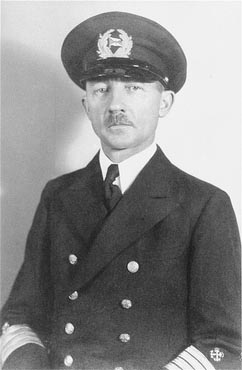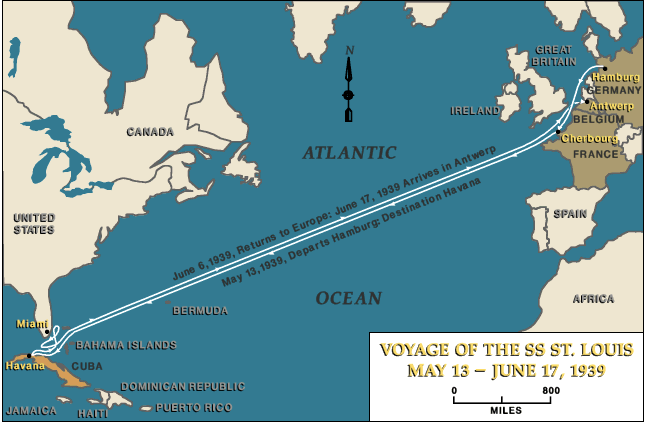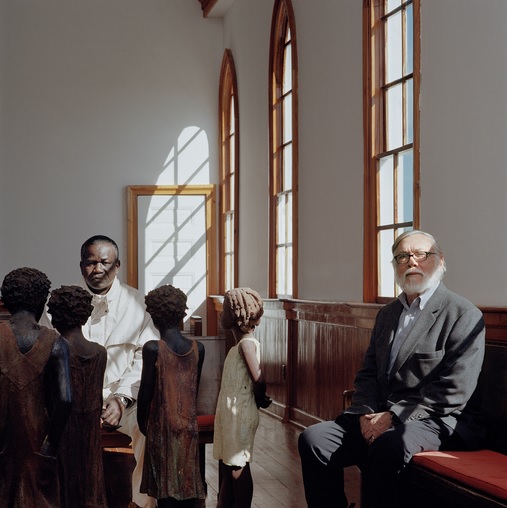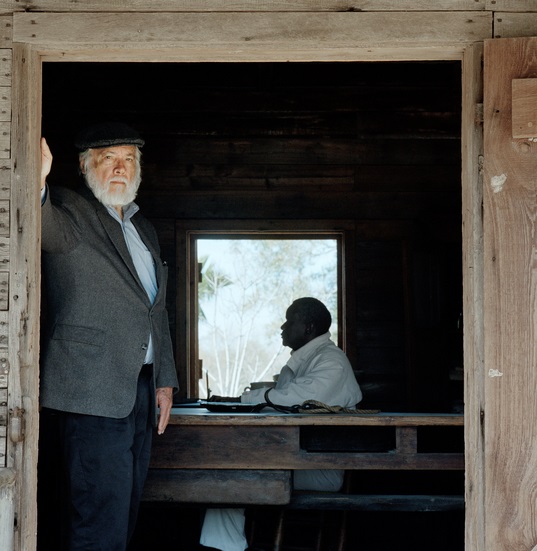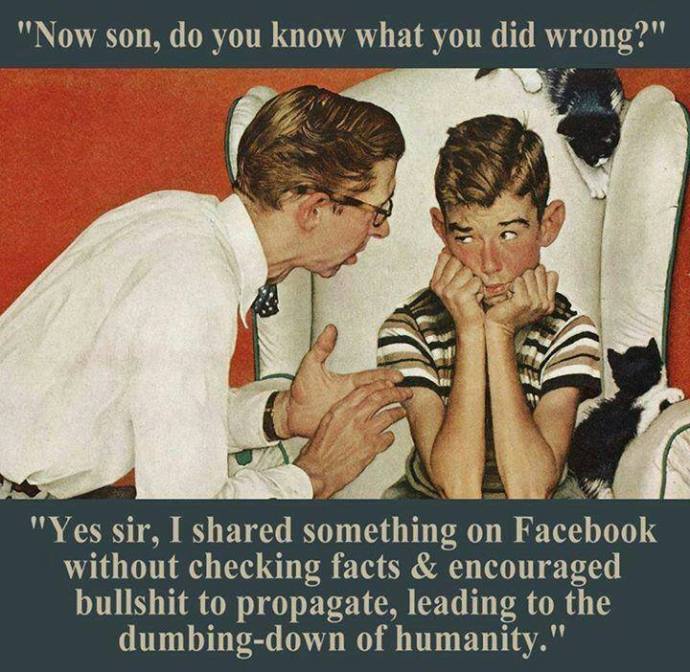The past five days have been extremely emotional. It started with the horrific terror attacks in Paris that overshadowed a slew of other coordinated violence and natural disasters across the globe. But, it didn’t stop there.
Since then, my Facebook feed has become filled with a stream of animosity and hatred that is primarily fueled, I think, by a deeply emotional and irrational reaction to terror attacks on Western soil. When you add a dose of ignorance (that is, an absence of facts or logic) to the mix, you get a dangerous concoction of arrogance, aggression, and xenophobia.
It makes me wonder: Have we learned nothing from 9/11? In the days and months following that September day, Americans were horrified, angry, and scared. We allowed a deceitful administration to lie to us and talk us into launching not one, but two wars. And the truth of the matter was, we didn’t need much convincing. We were craving vengeance, revenge, justice…anything. But, we’ve now seen what happens when we make such important decisions based on emotional, knee-jerk reactions. The same thing is happening now in the wake of the Paris attacks. People clamor for more war while we let our fears dictate our reactions….And this is exactly what the terrorists want.
So, I want to take a moment to address some of the things that I’ve seen making their way through the Facebook universe, and offer a historian’s thoughts on the situation.
Be smart; don’t click “share” without first checking to see if it’s true. I think this is the first step to addressing the tide of fear and hatred. Just because someone on Facebook shares something from a random website or blog, that doesn’t make it true. In fact, a lot of the stuff I’ve seen out there is just simply wrong, false, inaccurate, fake, deceitful, incorrect, fictitious, misleading. Take the following picture for example:

These are supposedly Muslim women here in the USA protesting for the downfall of our country. A simple Google search, however, reveals that these are actually women in Iran.
The caption reads (at least in one of its variations) that these are Muslim women HERE in America showing their “appreciation” for American freedom by writing “Down with USA!” on their hands. When I saw this, I was shocked, and thought, if this is true, it is certainly absurd and infuriating. BUT, instead of clicking “like” or “share,” I simply opened a new tab and Googled “muslim women America down with usa on hands.” ALL of the results on the front page easily and quickly revealed that this picture is actually from Iran, NOT America. Mind you, as a historian I have years of experience doing hardcore, extensive archival research on complex topics. But you don’t need all that to confront such blind, ignorant bigotry. All you need is Google. So, PLEASE do humanity a favor and do some basic fact checking before you contribute to the spread of falsities and hatred.
The claim that President Obama is weak on ISIS. Of course, this sentiment is driven by political allegiances. Obama is not a gun-toting tough guy who sounds like he’s from the Wild West, using phrases like “dead or alive” and “smoke them out” of their holes… so, he must be weak, right? After the Paris attacks, France lead a series of airstrikes against ISIS targets, and I saw people shouting (or, the caps-lock equivalent thereof): WHY AREN’T WE DOING ANYTHING?!
Well, here are some numbers for you to put some things into perspective: According to statistics just released by the U.S. Department of Defense, in the last 15 months, President Obama has authorized 6,353 airstrikes against ISIS. All of the other 12 coalition countries combined have launched 1,772 strikes. That means that 78% of the bombs being dropped on ISIS are American. So, Obama leads more than 3 out of 4 of the attacks against ISIS, and yet his opponents are still claiming that he is weak, taking a back seat?! The extreme right-wingers even go as far to say that this “reveals” that he’s not-so-secretly a Muslim terrorist himself. Give me a break. Get your facts straight instead of mouthing off about things you don’t understand. And whether you want to believe that President Obama is weak or not, the fact remains that we are still leading the fight against ISIS – by a large margin. And the pesky thing about facts is that they remain true whether you choose to believe them or not.
Refusing to take Syrian refugees. I want to express my thoughts on this in length, because as I’ve said before, I believe that the treatment of Syrian refugees is not a political issue – it is a test of our moral fortitude. But first, I want to get a few facts out there:
(1) No one is suggesting that we just throw open our borders and let people from Syria just run across and do whatever they want to. Did you know that the vetting process to obtain refugee status in the United States is one of the toughest in the world? In many cases, it is more difficult for a refugee fleeing war to be allowed into the country than it is for someone to get a student visa to come attend college. As it is now, America’s vetting process for refugees takes TWO YEARS and involves multiple international organizations. First, refugees must go through 2 interviews at the United Nations; then, they are fact checked by three US government departments, including the State Department, the Department of Homeland Security, and the FBI. That’s just for the normal, everyday people. If, at any time, a red flag goes up, they go through a lot more. This vetting process has an EXCELLENT track record. The United States has taken in 784,000 refugees since 2001. None of them have carried out attacks. It’s not 100% fool-proof, mind you; nothing can be. Out of those 784,000, three men have been arrested under suspicion of potential involvement in terrorist activities. That means, that out of all the refugees we’ve taken in during the last 14 years, exactly 0.0000038% wanted to (potentially) do America harm – – AND WE CAUGHT THEM. That’s the thing about these refugees. They’re in the system; the government keeps closer tabs on them than any of the rest of us. (And, no the Tsarnaev brothers [the Boston Marathon Bombers] were not “refugees.” Their family came over under the protection of political asylum, which is different.)
(2) There is a particularly ignorant idea that I’ve seen floating around Facebook…and it goes a little something like this: “Why are all the Syrian refugees men?!?! They’re sending over their men as an invasion! Wake Up America!!” Really, I’m not sure how ignorant and scared you must be to believe this line of “reasoning.” The Syrian Civil War has been going on for over four years, and of course when a family decides that there is no future for them in their home country and that they must make the hard decision to leave, the father or oldest brother will go first – not to invade Western countries, but to find a place to live, to establish a little bit of stability so that when he calls for his family to come, they’re not all living on the street or worried about how to survive. THAT is why men came first. But now that the war has gotten so incredibly horrible, entire families leave everything they’ve ever known, and pay bandits to help them pile onto a boat and flee the constant danger. Now there is no time for men to go first; everyone has to flee as soon as possible;
(3) Syrians aren’t “looking for a better life.” That’s incredibly naive and degrading. The VAST majority of these Syrians would choose to stay in their home country, given the chance. They’re not looking for a free ride on American welfare; they’re not wanting riches and endless possibilities in the US of A. They’re not simply looking for a “better” life. They’re just hoping to live. Period. They want to be able to wake up and see another sunrise. Do you want to know why they’re risking their lives to cross open seas and walk across entire nations? Take the horrors of Paris on November 13, 2015. And now imagine that is your life EVERY.SINGLE.DAY. That is what these people are fleeing. The fear that they, or their children may suddenly be BLOWN UP, reduced to ragged pieces of flesh or pink mist. And it’s not only one set of bombers that they have to fear: They get to worry about whether it will be their own government killing them, or if it’ll be Russian jets, American drones, or ISIS suicide bombers. Everywhere they look, there is only death.
(4) There is a mindset that we shouldn’t “take care of” anyone else until there is no poverty or hunger in America. In other words, this argument states that somehow these refugees will be getting money that would otherwise be going to feed starving children or homeless veterans. This is simply an illogical, gut-response argument that isn’t based on knowledge of the facts. There are starving children and homeless veterans for a number of political reasons that I don’t have the time or effort go to into here. We are the richest nation in the history of the world; we COULD pay for every single person in our country AND every single refugee if we wanted to. But we don’t. It’s not that we CAN’T pay for our own; we don’t. This problem has nothing to do with the refugees. (Not to mention that refugees wouldn’t simply be getting a check and living off of our government, so their lives wouldn’t cost us a whole lot…Don’t worry.)
(5) All of these governors who are vowing to refuse any and all Syrian refugees…Guess what – you have no legal authority to do that. You don’t have a legal leg to stand on. The Refugee Act of 1980 gives broad, discretionary powers to the President of the United States to accept and handle refugees.
***
I’ll end with my thoughts on the morals and ethics at play here. Because, it’s easy to get bogged down in the political fights of numbers, statistics, jabs, lies, and sound bytes. We forget that, at the heart of all of this, are people. Human lives. Mothers, fathers, brothers, sisters, children. All of whom have fears of their own, along with things that bring them joy; people who have just one life to live – and this is it.
The United States of American is a country of immigrants. We are made stronger, not weaker, by our cultural, religious, ethnic, sexual, and racial diversity. We constantly think of ourselves as a moral leader in the world, the “beacon of hope” that stands for freedom and compassion and acceptance. There is a plaque on the Statue of Liberty that reads: Give me your tired, your poor, Your huddled masses yearning to breathe free, The wretched refuse of your teeming shore. Send these, the homeless, tempest-tossed to me, I lift my lamp beside the golden door!

What is it that we actually stand for?
If we shut our doors to these Syrians whose homes and lives have been destroyed, then we are betraying everything that we as Americans proclaim to stand for. I was horrified to learn that Jeb Bush and Ted Cruz believe that America should only let in Christian refugees! These men want to become the next President, and they believe that some lives are more worthy of saving just because they adhere to one particular religion over another. There is no religious test for true compassion. In fact, that’s the definition of compassion – it’s a sympathy and concern for the suffering of others based on their common humanity, nothing else.
Moreover, the people who are screaming and clamoring to keep the Syrians out are the same ones who claim to be “Pro-Life” – who shout that “All Lives Matter!” So, the lives of unborn fetuses matter more to you than the refugee children and mothers and fathers who seek safety and life? Is it because the “life” that you so desperately defend is white and “Christian” (even though it’s unborn and hasn’t had the chance to choose a religion yet)?
And for those of you who use religion as a way to justify the ignoring of Muslim suffering, I suggest you read your own Bible. Take, for example, Leviticus 19:33-34: “When a foreigner resides among you in your land, do not mistreat them. The foreigner residing among you must be treated as your native-born. Love them as yourself, for you were once foreigners in Egypt. I am the Lord your God.” Or how about Matthew 25:41-46:
“”Then he will say to those on his left, “Depart from me, you who are cursed, into the eternal fire prepared for the devil and his angels. For, I was hungry and you gave me nothing to eat, I was thirsty and you gave me nothing to drink, I was a stranger and you did not invite me in, I needed clothes and you did not clothe me, I was sick and in prison and you did not love after me.” They will answer, “Lord, when did we see you hungry or thirsty or a stranger needing clothes or sick or in prison, and did not help you?” He will reply, “Truly, I tell you, whatever you did not do for one of the least of these, you did not do for me.” Then they will go away to eternal punishment, but the righteous to eternal life.”
I came across this disgusting, repulsive picture this morning:

The Facebook caption reads: “Can you tell me which of these rattlers won’t bite you? Sure some of them won’t, but tell me which ones so we can bring them into the house.”
It compares all Syrian refugees to rattlesnakes. It dehumanizes them, robs them of their very humanity as a way to justify Islamaphobia and xenophobia. You can have compassion for a human, but you can’t have compassion for a rattlesnake. Funny thing though, the Nazis dehumanized the Jews. They called them rats, vermin, a plague. It made it easier for the Germans to gas the Jews if they didn’t see the Jews as human. It makes the decision to ignore the suffering of Syrian refugees if you don’t think of them as humans.
I understand that much of the fear of terrorist attacks is justified. But, we shouldn’t let that fear drive us to devolve to a point that we ignore the fact that the same terror and same enemy that we face is also what these Syrian refugees are fleeing from…only their fears aren’t of potential attacks to come in the future. They are fleeing from daily war. One of our greatest founding fathers, Benjamin Franklin once said: “Those who would give up essential Liberty to purchase a little temporary Safety, deserve neither Liberty nor Safety.” I think this applies to our current situation as well. We can not be willing to sacrifice our values (which include sharing liberty with others) just out of fear for safety. Otherwise, there is nothing that makes America exceptional. Otherwise, we are nothing but a large group of people who are only interested in ourselves. “Freedom should never be at the expense of someone who has no freedom.” Elie Wiesel said that. He’s a Holocaust survivor, so he knows something about human nature and the fragile existence of freedom and life. We should never purchase our freedom by denying it to others. But, luckily, compassion, the value of all human life, and national security are NOT mutually exclusive. We can still be a shining beacon of hope to those fleeing warfare and death AND keep ourselves safe. We just have to double down on our security efforts while also taking a breath and pausing to remember what it is we stand for before we make drastic decisions.
Do you want to know the ironic thing? This reaction is exactly what ISIS wants. Having 30 or so US Governors declare that there is no room for Muslim refugees…Having millions of Americans (and other Westerners) spew anti-Muslim hatred on social media…It’s the perfect propaganda for the ISIS cause. They will be able to say: See, the West hates Muslims! When anything goes wrong, they show their true nature! ISIS leaders have made this goal clear, stating in January that they hope their endless string of attacks on Western civilians would “compel the Crusaders to actively destroy the grayzone themselves.” In other words, they’re hoping that Western government and civilians will react violently, over generalize, and destroy the “grayzone” of the world, creating an oversimplified worldview where the West = Good; and Muslims = Evil. ISIS is hoping that innocent Muslims will become the victims of discrimination, bigotry, even violence. This will only drive others to become radicalized and join the ISIS cause. In other words, ISIS is setting a trap for the West, and we’re walking right into it.
So, if we forsake our American values, our belief that “all men are created equal,” and give in to base, animalistic emotions and fears…then the terrorist win. Then, they have transformed us into a nation that is willing to declare that some lives are worth more than others, and that we don’t think rationally, and don’t even care to. We have to destroy the threat caused by ISIS and international terrorism, but we shouldn’t forfeit our values and sell our souls to do so.

